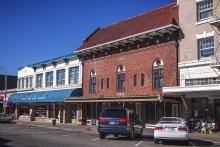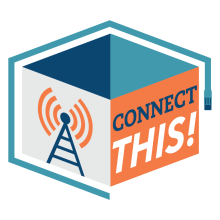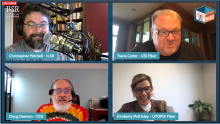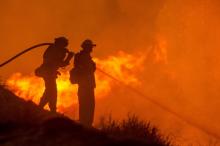Tides Are Turning With Digital Inclusion - Bonus Episode 14 of the Community Broadband Bits Podcast

For episode 14 of our bonus series, “Why NC Broadband Matters,” we’re joined by Amy Huffman, Policy Director at National Digital Inclusion Alliance (NDIA) and Christa Vinson, Program Officer of Rural Broadband and Infrastructure at Local Initiatives Support Corporation (LISC), to talk about the state of digital inclusion across the country.
Vinson updates us on the recent developments with the collaboration LISC and NDIA have been working on to bring rural Digital Navigators (DNs) to 32 communities across 20 states. As the federal government begins to recognize the importance of digital inclusion and equity, DNs are helping fill a role in the community to build digital skills in the community.
The three also discuss the $10 billion Coronavirus Capital Projects Fund that has been allocated through the American Rescue Plan Act and the newly released program guidelines. They talk about the potential to use these funds to address digital inclusion — pointing out that an eligibility condition for the projects is providing an affordable option for low income families.
This show is 34 minutes long and can be played on this page or via iTunes or with the tool of your choice using this feed, at the Community Broadband Bits page, or at the NC Broadband Matters page. We encourage you to check out other "Why NC Broadband Matters" content at the podcast feed so you don't miss future bonus content that may not appear in the Community Broadband Bits Podcast feed.
Transcript below.
We want your feedback and suggestions for the show-please e-mail us or leave a comment below.
Listen to other episodes here or view all episodes in our index. See other podcasts from the Institute for Local Self-Reliance here.
Thanks to Shane Ivers for the Music: What's The Angle? by Shane Ivers - https://www.silvermansound.com a Creative Commons Attribution (4.0) license.









